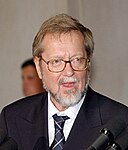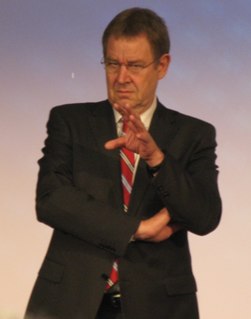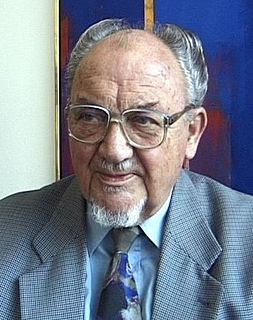| |||||||||||||||||||||||||||||||||||||||||
| |||||||||||||||||||||||||||||||||||||||||
All 179 seats to the Folketing 90 seats were needed for a majority | |||||||||||||||||||||||||||||||||||||||||
|---|---|---|---|---|---|---|---|---|---|---|---|---|---|---|---|---|---|---|---|---|---|---|---|---|---|---|---|---|---|---|---|---|---|---|---|---|---|---|---|---|---|
| Turnout | 85.6% | ||||||||||||||||||||||||||||||||||||||||
| |||||||||||||||||||||||||||||||||||||||||
| |||||||||||||||||||||||||||||||||||||||||
General elections were held in Denmark on 11 March 1998. [1] Although the centre-right parties led by Venstre had been expected to win, the Social Democratic Party-led government of Poul Nyrup Rasmussen remained in power in a very close vote that required several recounts.

Denmark, officially the Kingdom of Denmark, is a Nordic country and the southernmost of the Scandinavian nations. Denmark lies southwest of Sweden and south of Norway, and is bordered to the south by Germany. The Kingdom of Denmark also comprises two autonomous constituent countries in the North Atlantic Ocean: the Faroe Islands and Greenland. Denmark proper consists of a peninsula, Jutland, and an archipelago of 443 named islands, with the largest being Zealand, Funen and the North Jutlandic Island. The islands are characterised by flat, arable land and sandy coasts, low elevation and a temperate climate. Denmark has a total area of 42,924 km2 (16,573 sq mi), land area of 42,394 km2 (16,368 sq mi), and the total area including Greenland and the Faroe Islands is 2,210,579 km2 (853,509 sq mi), and a population of 5.8 million.
Venstre, full name Venstre, Danmarks Liberale Parti, is a conservative-liberal, agrarian political party in Denmark. Founded as part of a peasants' movement against the landed aristocracy, today it espouses an economically liberal pro-free market ideology.
The Social Democrats, officially Social Democracy, is a social-democratic political party in Denmark. It was the major coalition partner in government from the 2011 parliamentary election, with then-party leader Helle Thorning-Schmidt as Prime Minister. After the 2015 parliamentary election, the party is no longer in government, though it regained the position as the largest party in the Danish parliament, the Folketing, with 47 of 179 seats. Helle Thorning-Schmidt withdrew as party leader on the night of the election as a direct consequence of the loss of government control, and she was succeeded on 28 June 2015 by the former vice leader, Mette Frederiksen.
Venstre leader Uffe Ellemann-Jensen resigned as party leaders a few days after the election. The new Danish People's Party made a successful electoral debut. Voter turnout was 85.9% in Denmark proper, 66.1% in the Faroe Islands and 63.2% in Greenland. [2]

Uffe Ellemann-Jensen (Danish pronunciation: [ufə ɛləmæn ˈjɛnsn̩], informal: [ufə ˈɛləˌmænˀ] was Minister for Foreign Affairs of Denmark in the Conservative led Poul Schlüter Administration 1982–1993. He was leader of the Danish Liberal Party, Venstre 1984–1998 and President of the European Liberals 1995–2000. Since 1998, Ellemann-Jensen has been Chairman of Baltic Development Forum, a non-profit networking organisation dedicated to the business development of the Baltic Sea region. He is non-executive director of various boards of international companies.
The Danish People's Party (DPP) is a political party in Denmark which is generally described as right-wing populist by academics and far-right by international media. It has also been described in academia and the media as a nativist and anti-immigrant party. The party was founded in 1995 by Pia Kjærsgaard, who was the leader of the party until 2012, when she passed the leadership on to Kristian Thulesen Dahl. The DPP lent its support to the Liberal-Conservative government from the general election of 2001 until the 2011 election defeat. While not part of the cabinet, DPP cooperated closely with the governing coalition on most issues and received support for key political stances in return, to the point that the government was commonly referred to as the "VKO-government".

The Faroe Islands, or the Faeroe Islands—a North Atlantic archipelago located 200 miles (320 km) north-northwest of the United Kingdom and about halfway between Norway and Iceland—are an autonomous country of the Kingdom of Denmark. Total area is about 1,400 square kilometres (540 sq mi) with a population of 50,322 in October 2017.












